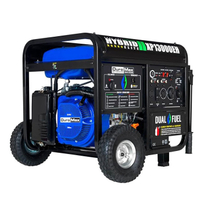Power outages happen — 5 critical tips to make sure you’re prepared for the next one
Keep your home running safely during a power cut
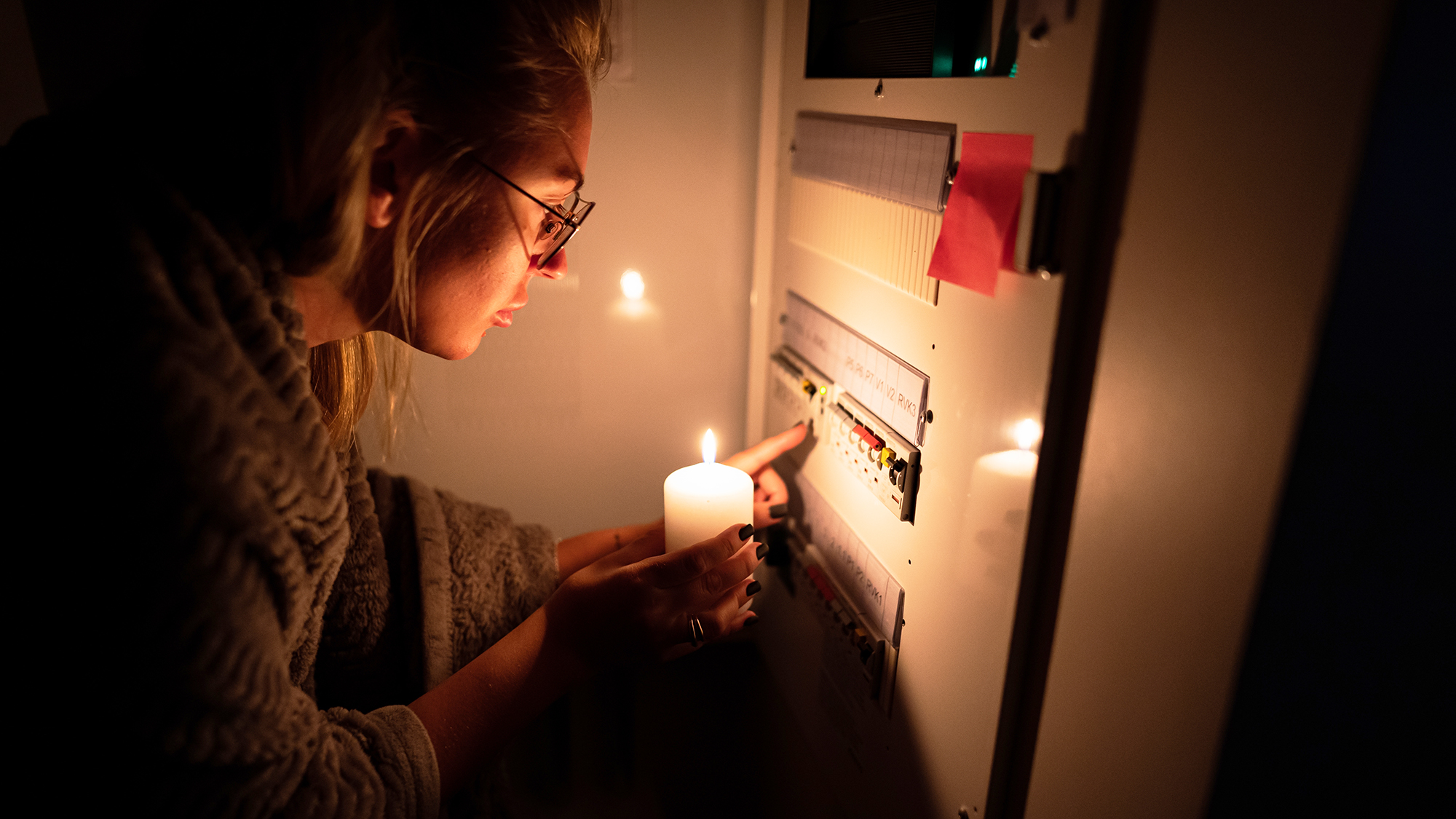
As early fall approaches, the onset of bad weather, including high winds, rains, and tropical storms, can cause widespread disruption across the U.S. But before the bad weather hits, it’s worth preparing ahead and making your home and family safe and secure in the event of a power outage.
Although some blackouts are unrelated to weather issues, according to Powersetter, bad weather accounts for 80% of all major power outages in the country. With this knowledge, we know that pre-fall is the prime season to get prepared.
Here, Mark Feygin, energy and utilities expert, and founder of Powersetter, shares his top 5 essential tips on preparing for a power outage.
1. Stock up on power banks, solar chargers and battery packs
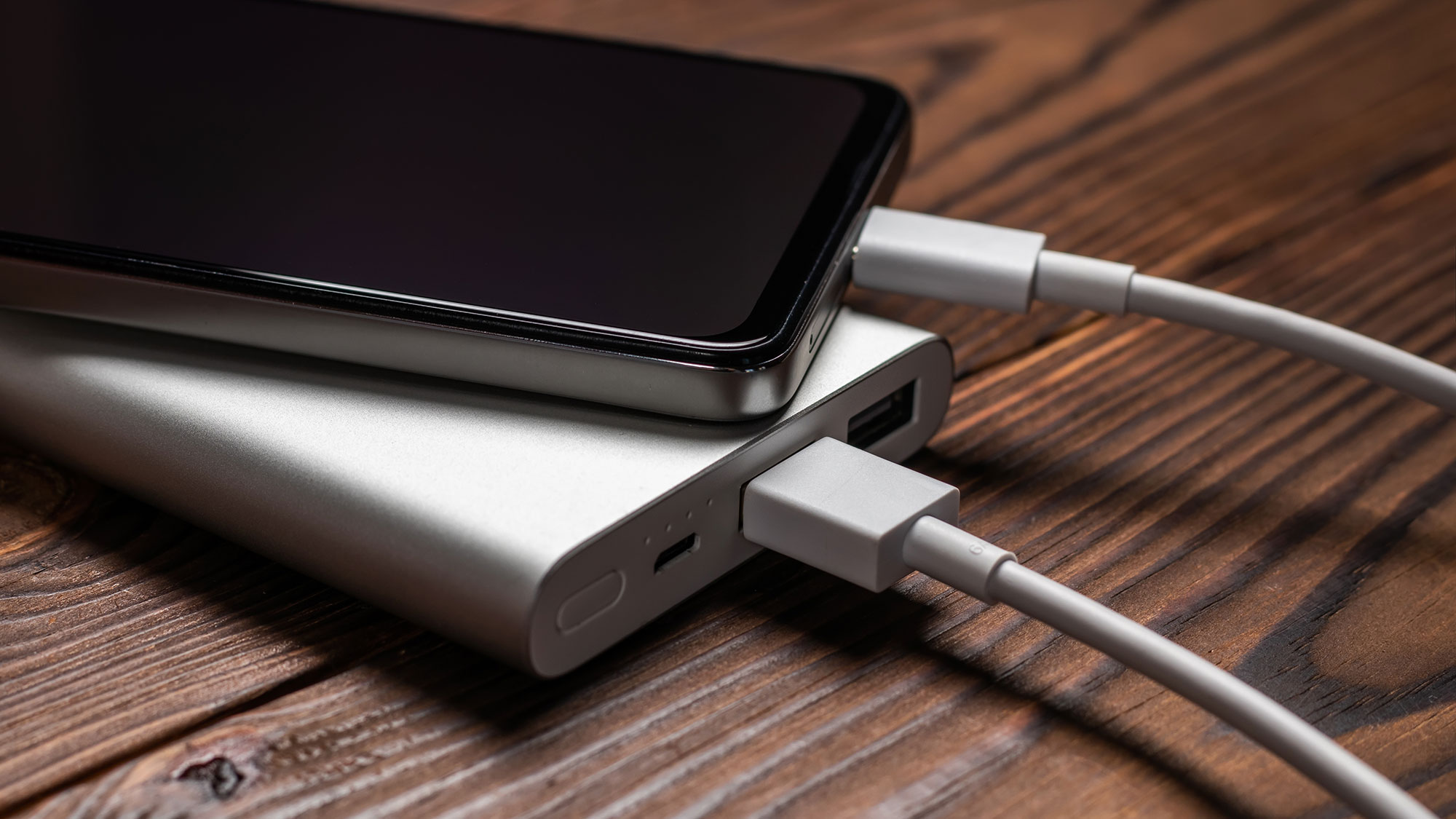
It’s not enough to just have a couple of portable chargers for your phone — you need to think long-term. Feygin says, “Invest in high-capacity power banks that can charge multiple devices multiple times. Even better, look for models with solar charging capabilities.”
Why solar? “Solar chargers are especially handy during extended outages; you can leave them outside during the day and use them to power your phone, tablet, or a small fan when night hits,” he explains.
Feygin also has another tip for charging devices efficiently. “The key is to recharge everything before the storm and rotate devices during the outage to make the most of your stored energy,” he says.
INIU Portable Charger: was $29 now $17 @ Amazon
As the weather warms up, chances are you'll be spending more time traveling or on the go. The INIU 10000mAh Portable Charger is our top pick for the best power bank you can buy. It offers two USB-A ports, fast device charging and a sizable battery that can keep your smartphone powered all day long.
2. Invest in a portable generator with smart features
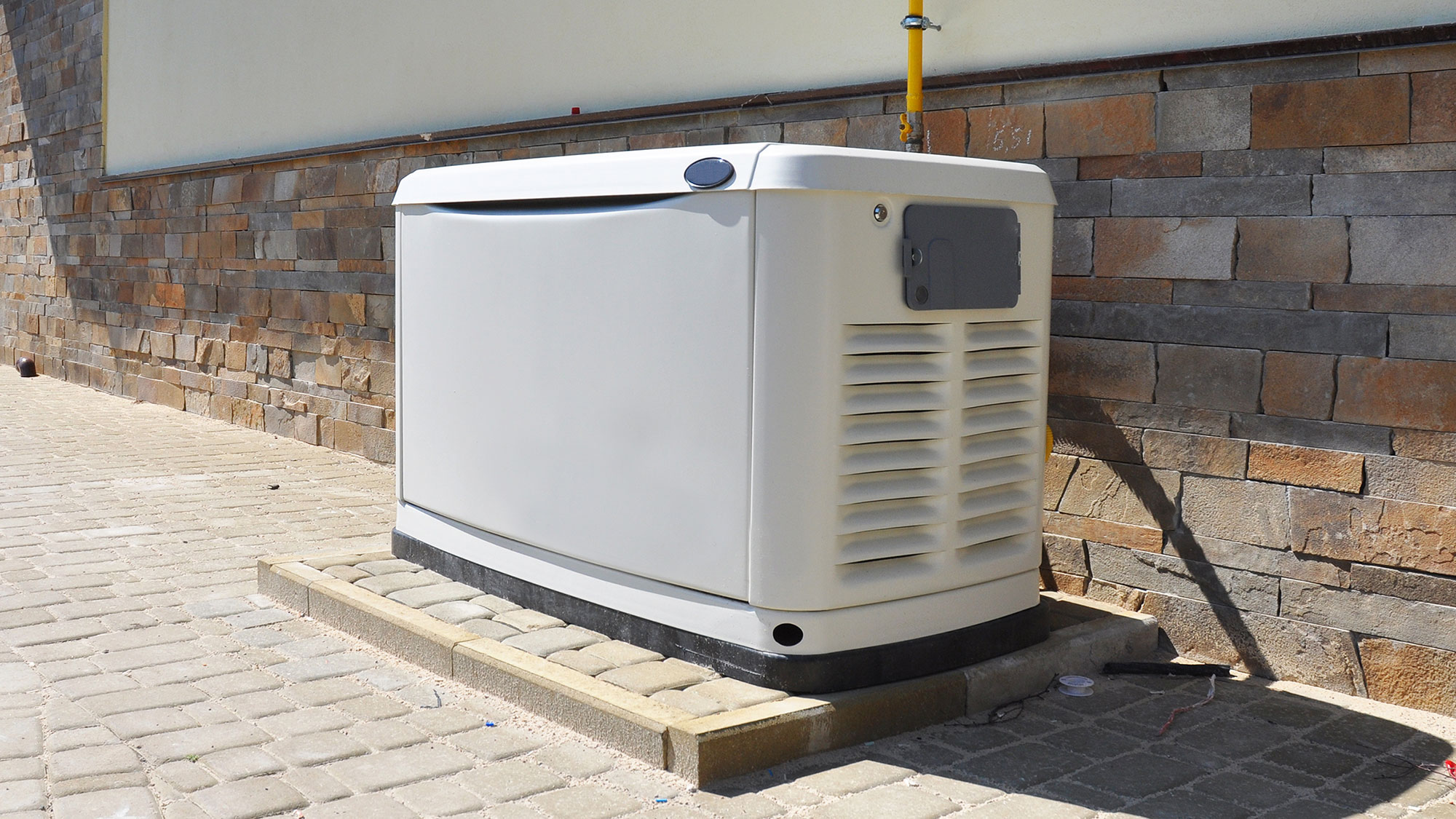
While a generator can feel like a huge investment, Feygin says the peace of mind it brings is priceless. He says, “Instead of the largest model, opt for a portable generator that’s big enough to handle essentials like your fridge, lights, and internet.”
Sign up to get the BEST of Tom's Guide direct to your inbox.
Get instant access to breaking news, the hottest reviews, great deals and helpful tips.
It’s also worth thinking about what a smart generator can offer. “Modern generators with smart features — like automatic start and app monitoring — make things a lot easier,” says Feygin. “These models turn on the second the power goes out, so you won’t have to run outside in bad weather to get them going.”
To prepare for long outages, he suggests stocking up on extra fuel or consider investing in a generator that runs on multiple fuel sources, such as propane and gas. Here's how a portable generator helped my colleague Anthony Spadafora get through power outages during Hurricane Beryl.
Duromax XP13000EH Dual Fuel Portable Generator: $1,499 @ Amazon
This 1,300 Watt gas or propane powered electric start portable generator will keep your home running during a storm. The generator comes with a push button start, and a front facing interface that allows you to change your fuel type in seconds.
3. Create a low-tech cooking setup
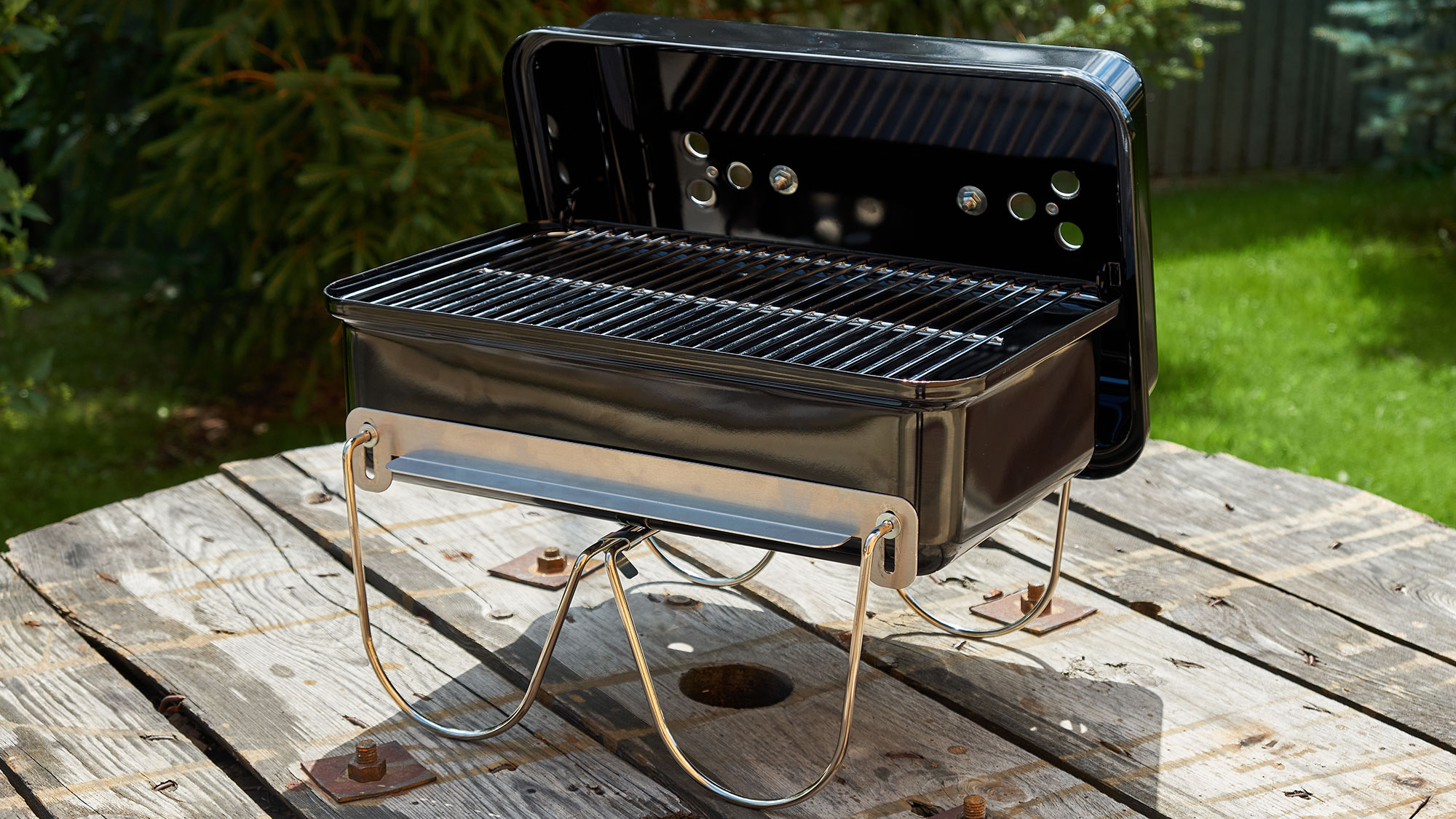
When the power is cut, even if you have one of the best electric ranges, your electric stove will be useless. In this instance, you’ll need a backup plan to provide an alternative cooking solution.
“A portable gas stove is an excellent solution for heating food or boiling water,” says Feygin. “Although, make sure to store enough fuel to last several days and always cook in a well-ventilated area,” he warns.
“Even if you don’t have a camp stove, a small outdoor grill can work, weather permitting,” he says.
The best solution could be to invest in one of the best portable grills or compact grills, which will provide you with a cooking option for protein and vegetables.
Feygin also advises building up a stock of food that requires minimal preparation — like canned soups, pasta, or instant oatmeal, which also doesn’t require chilling.
4. Freeze water bottles and pre-chill coolers
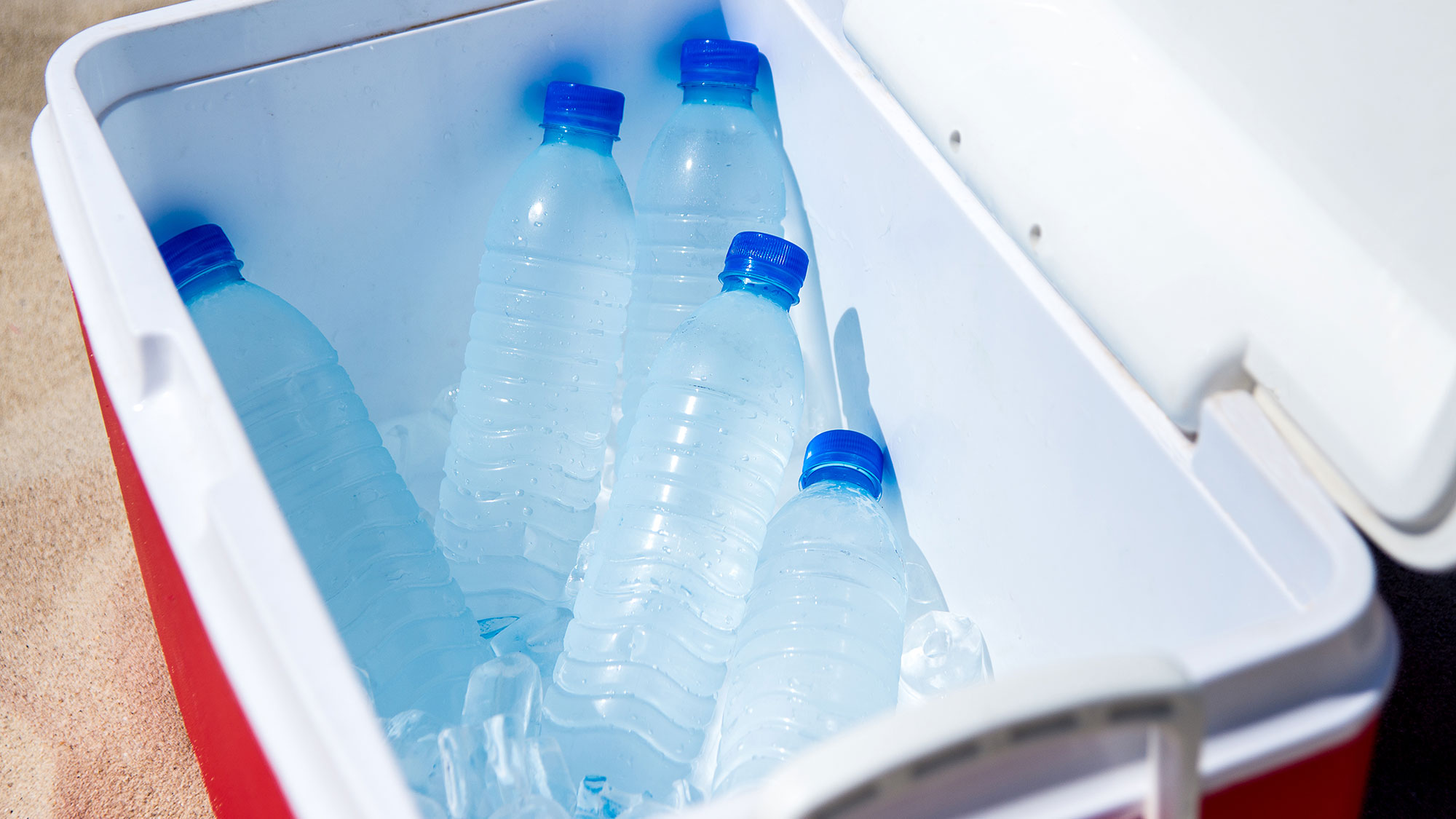
Preventing food from spoiling is a major concern during a power outage. If not chilled or frozen correctly, food goes to waste, and it’s also unsafe to eat.
“A simple trick to extend the life of your perishables is to fill up space in your freezer with water bottles before the storm hits,” advises Feygin. “Frozen water bottles act like ice packs, keeping your freezer cold longer when the power goes out. As they thaw, they also provide a backup source of drinking water.”
Don’t forget the benefit of using one of the best coolers to keep your food fresh. If you enjoy camping or going on picnics, you may already have one stored in your garage. A cooler, such as Coleman’s Xtreme 5-wheeled cooler, has a 62-quart capacity and can store 85 cans.
5. Set up emergency lighting beyond flashlights
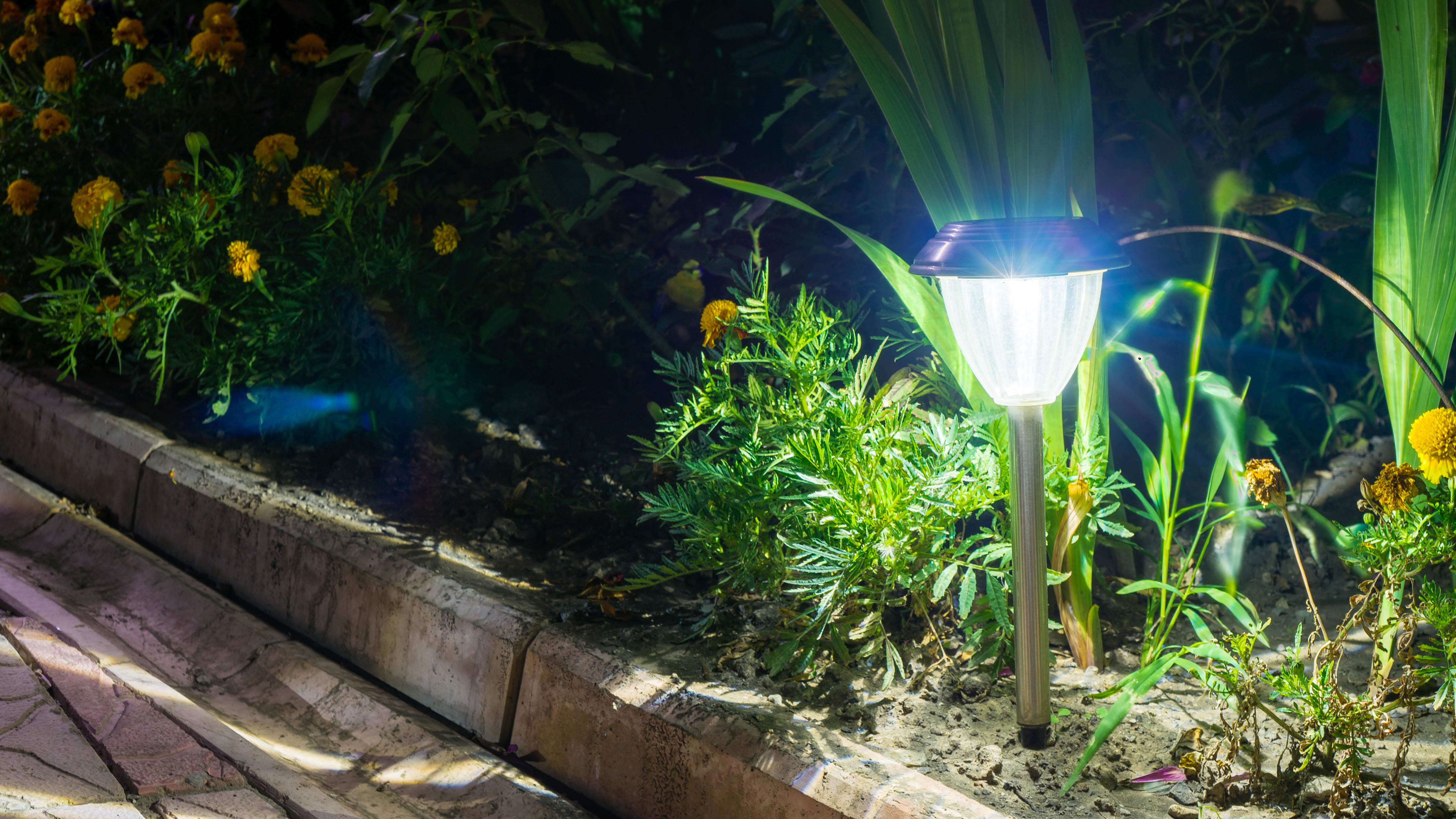
While flashlights can save the day, Feygin says you’ll need a better option for a long-term solution. “Battery-powered LED lanterns are great because they provide bright, room-filling light, and many models run for days on a single set of batteries,” he says.
“For a hands-free option, invest in some headlamps — they’re perfect for moving around the house, cooking, or reading,” suggests Feygin. “If you want to get even more creative, solar-powered garden lights can double as indoor lighting. Place them outside to charge during the day and bring them in at night.
More from Tom's Guide

Camilla Sharman has worked in publishing and marketing for over 30 years and has covered a wide range of sectors within the business and consumer industries both as a feature, content, and freelance writer.
As a business journalist, Camilla has researched articles for many different sectors from the jewellery industry to finance and tech, charities, and the arts. Whatever she’s covered, she enjoys delving deep and learning the ins and out of different topics, then conveying her research within engaging content that informs the reader. In her spare time, when she’s not in her kitchen experimenting with a new recipe, you’ll find her keeping fit at the gym. In the pool, stretching at a yoga class, or on a spin bike, exercise is her escape time. She also loves the great outdoors and if she’s not pottering about in her garden, she’ll be jumping on her bike for a gentle cycle ride.

